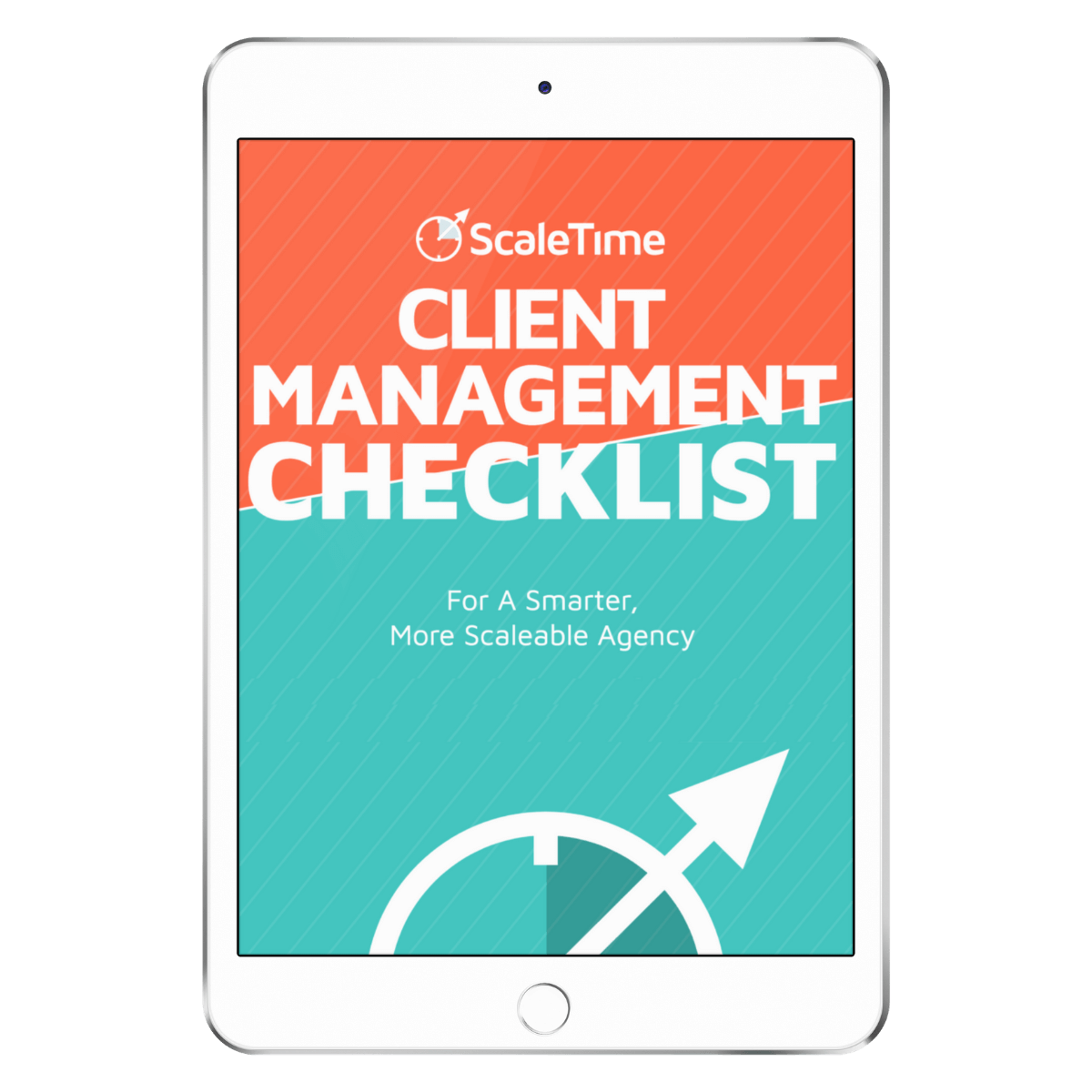
Yes, it’s a tough one.
At some point, we’ve all asked ourselves, “How much should I charge for my services?”.
Crying, despair, indecision. Well, I think I’m exaggerating.
But the reality is that in most cases, the answer is a big question mark.
It can’t be too high.
It can’t be too low either.
Unfortunately, there is no magic pricing formula. It would be a lifesaver for many business owners.
The key? Finding the right balance as you determine pricing.
But it’s not that simple. And that’s why I wrote this beautiful and inspiring article in which I want to give you some tips on how to price your services.
I’ve got good news for you: there are several established service pricing strategies you can use to set your prices.
Another thing you have going for you? Services prices are never set in stone. You’re always in control and can make changes when you need to.
Let’s get started.

Pricing a service is not the same as pricing a product
It may seem obvious. But there’s a reason I want to dwell on this for a few seconds.
Yes, service businesses provide services. Wow, I bet you didn’t even know that.
Here’s the thing: services are intangible. That’s what makes it difficult for small business owners to price a service.
There’s all this emotional clutter that comes with monetizing your services.
It’s like you are putting a price on yourself and for service providers, you are. It’s your discipline, your years of study, and or practice.
The amount of experience and crap you have to put up with to go out into the world and say, “This is how much MY TIME costs.”
In some cases, such as doctors or dentists, there are industry rate guidelines for pricing services, but often it’s about the actual cost and what the market can bear.
Before You Start Working on Pricing
We’re going to get to the specific types of pricing you might use to price your services in a moment, but before we do, there are a few things you should consider.
How Scarce Is the Service?
There are some services, like dog walking or house painting, which have a relatively low barrier to entry. Almost anyone can start these kinds of businesses with minimal investment, and there are no special qualifications or licenses required to offer them.
On the other hand, a service that requires special training, equipment, and licensing, like plumbing or accounting, or one that requires a scarce skill, like web development, is much harder to start.
When there is less competition in your field, your skills will probably be more in demand, and you will be able to price your services higher with value-based pricing.
This might even apply if you are the only person offering a particular service in your area, either because you have some sort of exclusivity deal, or because you are the only company that does what you do in your town. This can add perceived value to your customers.
As a general rule of thumb, the more options customers have to shop around, the more dialed in your pricing needs to be, and the lower your desired profit margin will probably be.
What Is Everyone Else Charging?
The next big question you need to answer is what everyone else is charging for similar services in your area. You don’t necessarily have to match their pricing if you are offering additional value, but this lets you gauge what the upper and lower limits in your area are.
It’s important to note that price alone should never dictate your pricing. If everyone just starts undercutting each other, you’ll be in a race to the bottom before you know it, and that’s not good for anyone’s business.
What Kind of Service Do You Provide?
The next thing you should think about is what kind of service you provide. Is it a daily requirement, or something that is an absolute necessity? Examples of this might be services like auto repairs or plumbing, which people require to be able to use their car or live in their house.
Or are you offering a luxury service, that people purchase purely because they want it? Some examples could be high-end nail services, beauty treatments, or interior decorating.
People who are buying luxury services might be willing to pay a little more for them because they know that they’re buying an indulgence. While people who are looking for a service that is a necessity might not have the money to spare, so price might be their primary consideration.
Will You Offer Additional Incentives to Buy from You?
Finally, think about whether you will build any incentives to buy from you into your service.
People might pay considerably more for a service if they have the option to pay it off over time. Even if the price itself is much higher, if the installments are more affordable, that’s a big attraction to potential customers.
If you are selling frequently used services, you might find that offering a loyalty card or points program is a good incentive to buy from you. An example might be offering a customer their tenth dance lesson or fitness session free. This way, you can encourage repeat business, which might be worth the cost of the free offer.
You might also be able to build referrals into your business model, by offering customers a discount if they encourage friends and family to sign up for your service. You would earn a little less per customer, but it’s a great way to build up your order book with word-of-mouth marketing.
All of these extra considerations could affect how you price your services, but while you think of them, let’s get into the nuts and bolts of pricing services.
What you have to take into account to set a fair price

It’s nearly time to look at the four most common pricing strategies for services, but before we do, there are a few pricing basics you need to make sure you include in your considerations and calculations.
Overhead Costs
Every business has what is known as overhead costs. These are costs that aren’t directly related to providing the product or service, but still need to be paid. They differ for every business, but they always need to be factored into your pricing. Overhead costs might include:
- The cost to rent an office space
- Your business license and permits
- Utilities and telephone costs
- The cost of office equipment and furniture
- Stationery and office supplies
- Marketing and advertising costs
- The cost of software and online services you use
All of these costs have to be paid whether you make a sale or not, but you still have to recover them when you make a sale. So, it’s a good idea to have a clear understanding of what it costs to run your business before you ever make a sale.
Cost Plus Pricing
Cost-plus pricing is the simplest way to price services. You calculate the direct costs of providing the service, add your fixed costs and overhead costs, any indirect costs, and the markup you want to charge on the service.
So, if you were providing a painting service, you would calculate the materials and paint you need to use, add a precalculated portion of your overhead costs, plus direct labor costs, and then add your markup to the result.
It’s important to note that fixed costs and overhead costs can get a little trickier if you have more than one crew or team working on projects. So, for instance, once you have calculated your fixed costs and overhead costs, including the salaries of administrative and non-field staff, you still need to divide that by the number of days in a year or the number of working hours. Then you need to further divide that by the number of crews you have worked.
So, if you have four painting crews working for you, each one of them would cover a quarter of your fixed costs, plus direct labor, and material costs.
This does make it a little more complicated to calculate costs using the cost-plus method, but it also means that your price to your customer can be a little lower, or you can make a little more profit when you have more people working for you. This is why growth is such a good thing for businesses!
The 4 Major Pricing Strategies for service businesses

Finally, it’s time to take a closer look at which pricing model you could use to price your services. It’s worth noting at this point that you don’t always have to choose just one.
Sometimes, companies offer vastly different types of services to different types of customers, or they might choose to price below a certain value using one method, and above that value with another.
It’s your company, and it’s entirely up to you. The only hard and fast rule is that you need to make sure you’re making a profit, and price your services so that customers are willing to buy them.
Adjust and tweak these as necessary, and make sure you review your pricing and profits regularly. You need to make sure that you’re always making enough to keep your business going, and money in the bank.
#1 Hourly Rates
Pricing services based on hourly rates is a very simple way to work out pricing, and you can always be sure that you will be compensated for the time you spend working on a customer’s project.
This type of pricing works best when there are no material costs to factor into the equation.
Be warned, however, many customers will expect an estimate of how many hours the job will take, and while small fluctuations are expected, big differences might be a subject of contention. So, if there are any changes or any scope creep along the way, you will need to be very proactive about keeping your customer in the loop.
#2 Retainers
Retainers are another great pricing strategy for a service business. They are easy for customers to manage, and they guarantee you a certain amount of revenue from every client every month.
Lawyers and other professionals often use retainers to price their customers and include a maximum number of hours in their contract. Any additional time or work is priced at an hourly or per task rate.
In some cases, when clients sign a contract for retainer-based services, they might require some exclusivity – which means you might not be able to work with their direct competitors.
Since retainers mean a guaranteed minimum from each client every month, it becomes a lot easier to plan and manage overhead expenses.
#3 Flat Fees or Lumpsum Pricing
Flat fee or lumpsum pricing is a price that is based on the entire job, at a single, one-time fee.
So, for instance, you might quote a client to build an entire website, or to install their whole backyard fence for a single price.
This type of pricing is a little easier to calculate since you just add everything together and then add your markup, but if there are changes or additions along the way, you might end up doing more than you bargained for.
If you choose to offer a flat fee, be very specific about what is included, and what’s not. So, for instance, you might specify a website of a maximum of 5 pages or a fence of 200 feet, and that additional work will be quoted and charged separately.
#4 Variable Pricing
Variable pricing could apply to any of the aforementioned types of pricing.
Variable hourly pricing could be a discounted hourly rate when the quantity of work exceeds a few hours. Retainer clients might also get a discounted rate if they book above a certain amount of work per month, and lumpsum clients might pay less for bigger projects.
This is usually at the business owner’s discretion, but some also have company policies that govern this.
So, they might have one rate for any work under a predetermined number of hours or value, and then another rate for anything above. It’s best to be consistent though because it can be very hard to keep track of too many variables!
Some companies also get around this problem by offering quarterly rebates. So, clients all pay the same rate upfront, but if they meet a predetermined target, they are sent a rebate check to refund a portion of their spending. This is a good strategy because it encourages customers to spend more money, so they can earn their rebate!
No One Size Fits All Solution, but here are some of the tactics we use at ScaleTime
- Figure out the market you want to cater to ranging from accessible to affluent.
- See what your competitors are charging in that market. There will most likely not be too keen to give out pricing to you, but you can always have a friend or associate ask for pricing on competitive services.
- Insert yourself in the market and start putting your price point in the hands of potential clients. If there is no pushback, you are probably pricing too low. If there are no buyers, chances are your price is too high for your offering or market.
- If you are not comfortable saying your prices, your leads will know, they will smell blood and they will pounce.
Pick a comfortable price and stick to it. How do you price your services? Don’t follow a magic pricing formula that doesn’t exist. Set your prices the way that makes the most financial sense – No apologies!
You are the one that gets to go out into the world and say, “This is how much MY TIME costs.”





















%20(1).gif)
